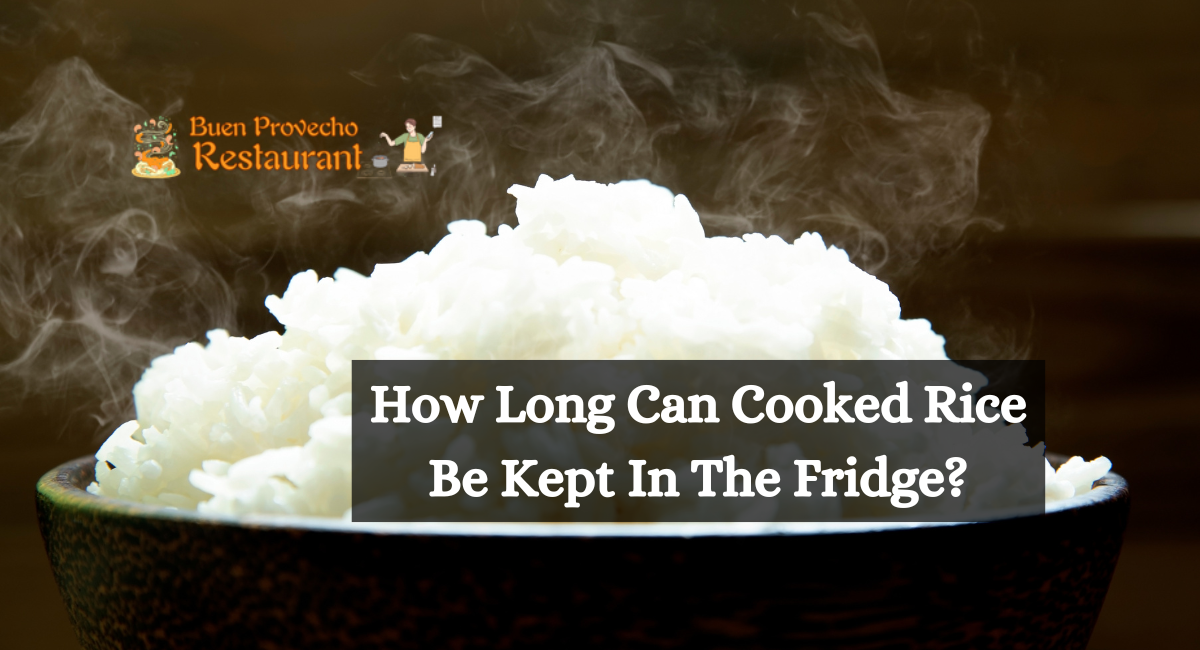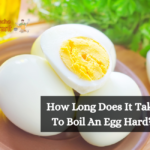It’s leftover night, and you eat a bowl of rice in the refrigerator for several days. At first inspection, it appears safe to consume, but how long do you have before leftover rice becomes unsafe?
According to FoodSafety.gov, you can refrigerate leftover rice consumed four to six days after cooking and frozen for up to six months. (That’s true; you can freeze cooked rice.) The rules apply to brown and white rice; according to Healthline, all cooked rice has the same shelf life.
However, the National Health Service of the United Kingdom recommends consuming rice within 24 hours. Why such a cautious estimate? The NHS faults Bacillus cereus bacteria. B. cereus, one of the most common causes of food poisoning in the world, thrives on rice and other starchy foods at room temperature. Vomiting and diarrhea are symptoms of food poisoning, but they typically resolve on their own within 24 hours.
While rice may not be the best option for make-ahead meal preparation, you do not necessarily need to discard any leftovers promptly. You can mitigate the risk by correctly storing and monitoring your leftover rice for evidence of spoilage.
How To Test Cooked Rice?
If you are still determining how long your rice has been stored in the refrigerator, examine its condition. It is no longer safe to consume if it has a foul odor, sticky texture, or mold. If in doubt, discard it.
Due to rice’s versatility, any remains can be transformed into a vast array of delectable dishes. The only limitation is your creativity! Why not begin with traditional Sicilian arancini – ‘little oranges’ made of rice and stuffed with infinite fillings, such as melty mozzarella cheese, rich meat ragù, and silken aubergines? This southwestern rice salad is filled with protein and flavor across the pond. The gluten-free zucchini and rocket rice cake is the ideal comfort cuisine for a vegetarian brunch.
How To Store Cooked Rice?
Bon Appetit says you should cool rice immediately to prevent food poisoning. It reduces the amount of time the rice spends in the hazard zone. From the Centers for Disease Control and Prevention (CDC), the “danger zone” refers to temperatures between 40 and 140 degrees Fahrenheit, the optimal range for bacterial growth. The longer food stays in the risk zone, the greater the chances of bacterial contamination. It means keeping rice on the field and in the rice cooker for a short time. This convenient “keep warm” setting may not be heated enough to prevent the spread of bacteria.
However, refrain from attempting to speed up the cooling process by placing heated rice in the refrigerator. Hot food can raise the refrigerator’s temperature, putting everything in jeopardy. If you are in a hurry and need to cool cooked rice rapidly, spread it on a large tray. It maximizes surface area, exposing the rice to as much room-temperature air as possible to settle it. Once the rice has thoroughly chilled, please refrigerate it in airtight containers. Ensure the container is securely sealed to keep odors and bacteria out while retaining moisture; more than cardboard or Styrofoam containers will be required.
Don’t Reheat Rice More Than Once
Avoid reheating leftovers more than once is generally a good idea, but it’s essential with rice. Each time you reheat rice, you reintroduce it to the danger zone, giving microorganisms more opportunities to grow. B. cereus is a highly heat-resistant bacterium that can persist at high temperatures once developed. However, you should still reheat leftovers thoroughly: Ensure they attain temperatures of at least 165 degrees Fahrenheit, well above the danger zone. You can reheat rice in the oven, microwave, or stovetop with a few teaspoons of water to ensure it doesn’t dry out.
Suppose you have more leftover rice than you can consume in one sitting; rather than reheating the entire batch, portion out a tiny bit to reheat. Thus, you can make another supper from the leftovers; if you want more, you can always return for more.
Signs That Rice Has Gone Bad
Even if the rice has been stored for less than the recommended four to six days, it must be discarded if anything seems to be corrected.
While visible mold or creepy-crawly insects indicate that rice has gone wrong, not all indications are apparent. After you’ve inspected it visually, Healthline suggests sampling it: Fresh, unadulterated rice does not have a strong odor, so an unusual smell indicates something is wrong. Also, discard it if you observe a change in texture. According to Better Homes and Gardens, a gelatinous texture is one of the first indications of bacterial contamination. Hard or dry rice may have dried out during storage, but it’s best to avoid caution and discard it anyway; even if it’s not contaminated with bacteria, it likely won’t taste perfect.
Thank you for reading…..










